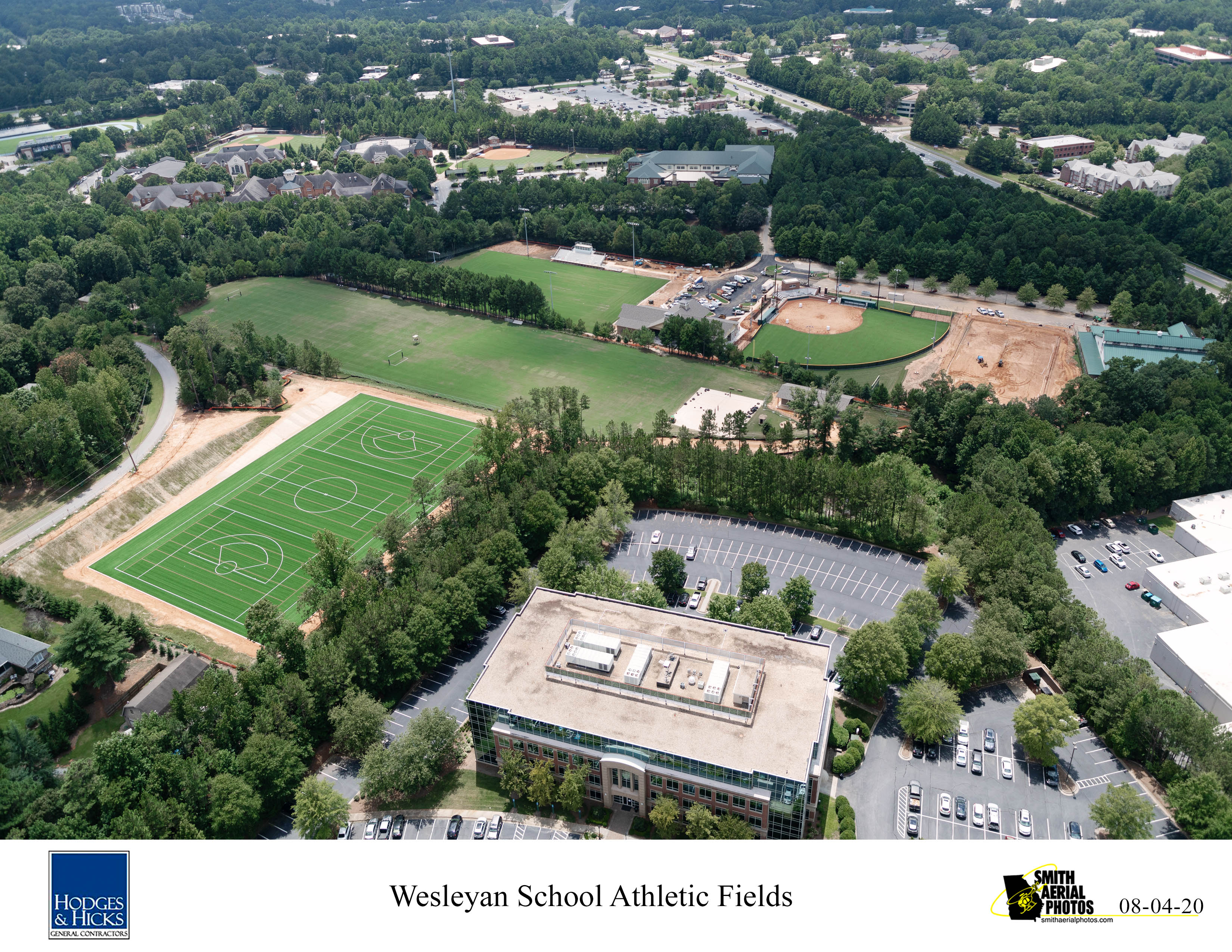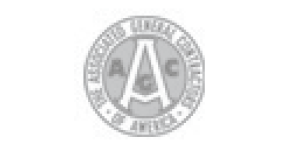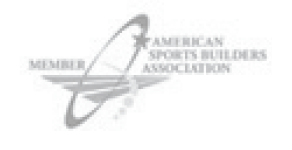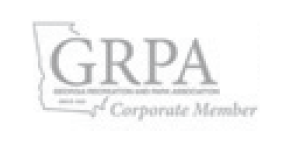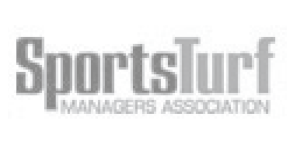Summer Tips for your Athletic Facility
Summer is here and that means juggling proper maintenance on your facility and summer usage from the community, during the hottest part of the year. Here are a few commonly ask questions and answers to help sports facility managers navigate the summer months with their athletic facilities.
How to Keep Both Facilities in Top Shape, Even During the Summer with Community Use?
It is important to have rules posted about the use of your track and field facility where summer visitors can easily access. The rules for your facility should clearly list the types of things that are allowed and are prohibited to avoid any damage to the facility. It is important to discourage the use of chairs, narrow wheeled strollers, and bicycles on your running track to prevent premature wearing. If there is an event with lots of traffic across the running track specifically, we recommend crossing mats to protect the track surface and prevent excess wear in a concentrated area.
What Should Be Done to Make Sure Facilities are Draining Properly?
A sports facility manager should focus primarily on clearing drain inlets regularly. Drain inlets should be free of grass clippings, trash or any foreign objects that could obstruct runoff. This helps prevent drainage backups and prevents any water related damage to both your track and field.
What Steps Should Facility Managers Take to Ascertain That Tracks and Fields Stay In Good Shape, Even If Teams Aren’t Using Them Over the Summer?
Facility managers should ensure a proper maintenance routine is in place even during limited use of the facility. Regular maintenance should include collecting debris from the track and field, checking drain inlets and regular field maintenance. It is important to properly secure the facility if personnel are not there on a regular basis to prevent any unscheduled activity.
The off season is also a good time to schedule repairs and testing such as Gmax. Maintaining a close relationship with your GC will ensure optimum playability for athletes and extend the life of your facility. Be familiar with your warranty document(s) and follow manufacturer recommendations for scheduled maintenance, so your athletic facility will be in pristine condition come season time.
How to Combat Heat Issues with Artificial Turf System During the Summer?
It’s hard to argue with the fact that artificial turf systems are significantly hotter than natural grass fields. As temperatures rise in the summer it’s important to schedule your events and games around the hottest part of the day, which is typically between 12pm-3pm. Morning events before the sun is directly over your facility or after the sun begins to go down lowers field temperatures greatly for your athletes.

